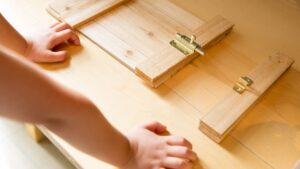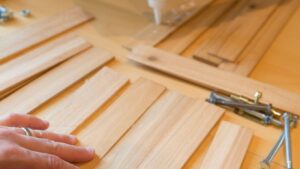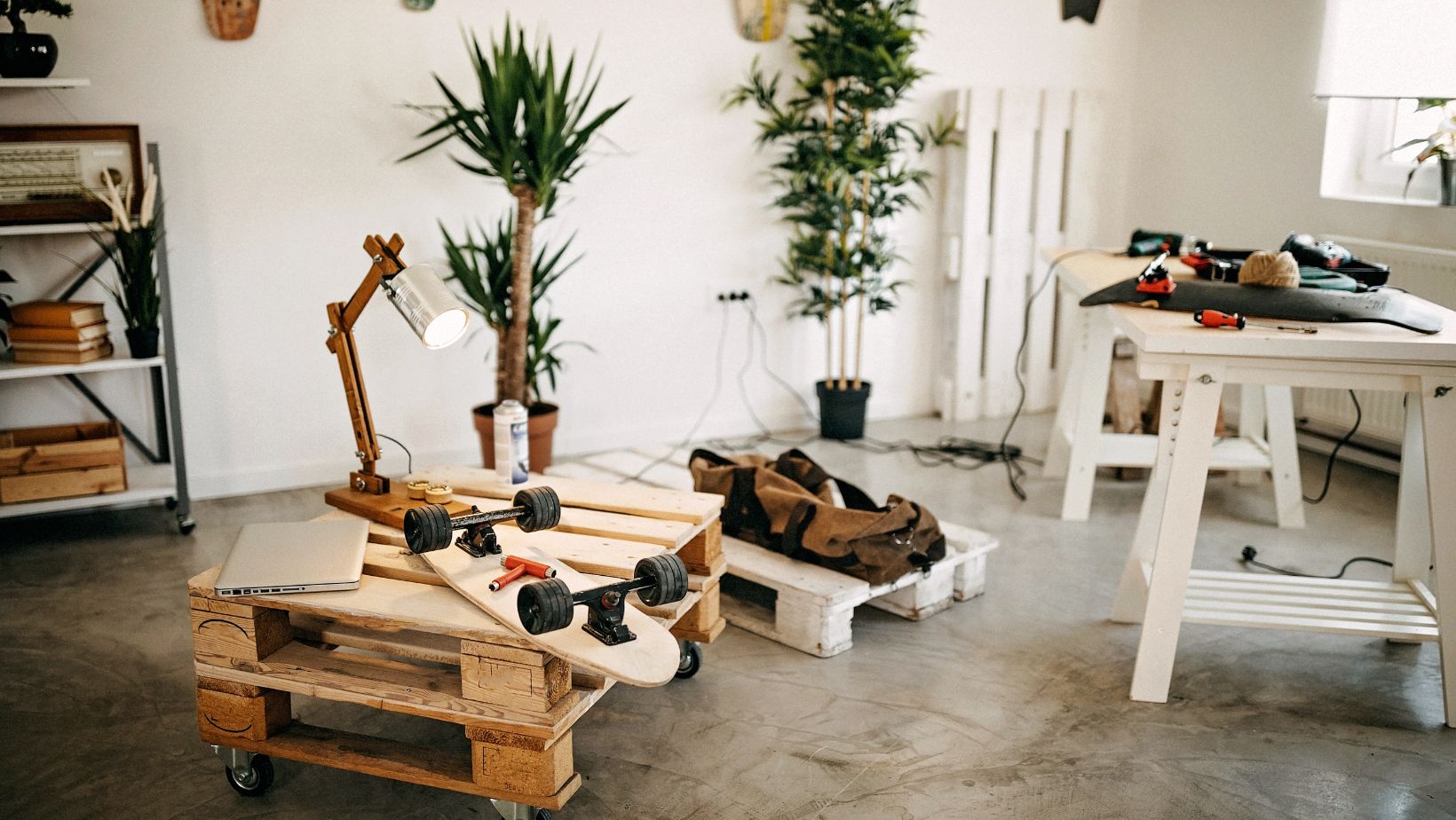Diving into the world of DIY can be daunting, especially when it comes to woodworking. But fear not! This article is designed to guide beginners through their first steps into the rewarding realm of DIY wood projects. We’re here to show you that anyone can create stunning, functional pieces with just a few basic tools and a sprinkle of patience.
DIY Wood Projects for Beginners
Choosing the Right Tools
 Embarking on DIY wood projects for beginners demands the right set of tools. Beginners get enthralled by professional woodworkers using an array of specialized tools, which may tempt them to overcrowd their workshop. However, the basics perform the trick, for instance, a decent quality handsaw facilitates accurate cuttings, a hammer drives in nails effectively, while a set of screwdrivers helps handle different types of screws. Additionally, sandpaper polishes the final product impeccably, and safety gloves protect eventual mishaps.
Embarking on DIY wood projects for beginners demands the right set of tools. Beginners get enthralled by professional woodworkers using an array of specialized tools, which may tempt them to overcrowd their workshop. However, the basics perform the trick, for instance, a decent quality handsaw facilitates accurate cuttings, a hammer drives in nails effectively, while a set of screwdrivers helps handle different types of screws. Additionally, sandpaper polishes the final product impeccably, and safety gloves protect eventual mishaps.
Selecting the Best Wood for Beginners
Selecting wood constitutes a crucial stage in DIY wood projects for beginners. The types of wood used make or break the project’s success. Softwoods, such as pine and fir, offer an excellent starting point. They’re relatively cheap, readily available, and easy to work with, a benefit conditional upon using sharp tools to prevent split wood. On the other hand, hardwoods like oak and maple, famed for their longevity and strength, may prove difficult for novices due to their density. Therefore, it’s advisable for beginners to get comfortable handling softwoods before progressing to hardwoods.
Essential Tips for Beginner Woodworkers
Embarking on DIY wood projects for beginners requires not just the necessary tools and materials, but also adherence to certain practices and techniques.
Safety First: Gear and Practices
Safety harnesses success in any woodworking project. It’s paramount for beginners to equip themselves with essential gear such as safety glasses, hearing protection, and a dust mask. Accidents often occur in woodworking due to improper tool use or lack of protective gear, so it’s best to mitigate such risks from the outset.
In addition, adopting sound practices results in a safer woodworking environment. For example, ensure tools are sharp, as dull tools require more force, increasing the risk of injury. Also, unplug power tools when changing blades or bits to prevent accidental start-ups. Furthermore, avoid loose clothing or jewelry, as they could get caught in moving parts.
Woodworking Techniques You Should Know
While choice of tools and materials plays a crucial role in successful DIY wood projects for beginners, mastering certain woodworking techniques enhances work efficiency.
Firstly, understanding wood grain is crucial. Wood behaves differently in response to the direction of the grain, impacting the outcomes of your projects.
Secondly, mastering the use of hand tools before moving onto power tools enables better control and understanding of woodworking dynamics.
Thirdly, learning to cut to a line is a basic woodworking skill beginners need to develop. This involves properly positioning and maneuvering your handsaw to accurately follow a marked line.
Lastly, glue-up and clamping techniques need attention. Proper clamping ensures firm connections while preventing the wood from warping. And remember, excessive glue doesn’t guarantee a stronger bond. Instead, it results in messy finishes.
A successful beginner woodworker prioritizes safety and learns essential woodworking techniques. With patience and practice, beginners can quickly become proficient at DIY wood projects.
Top DIY Wood Projects for Beginners
Embarking on the journey of DIY woodworking might seem daunting at first. But armed with the right tools, an understanding of wood grain, and a few safety measures, it’s easy to see how beginners can create functional and beautiful pieces. Softwoods are your best friend when you’re starting out – they’re easy to work with and forgiving of mistakes. Remember, it’s crucial to master hand tools before moving onto power tools. Accuracy in cutting and proficiency in glue-up and clamping methods will also serve you well. Above all, patience is key. With time and practice, you’ll find that woodworking is not just a hobby, but also an art form that rewards you with a sense of accomplishment and tangible, functional pieces. So, don’t wait. Start your DIY woodworking journey today and discover the joy of creating with your own hands.



